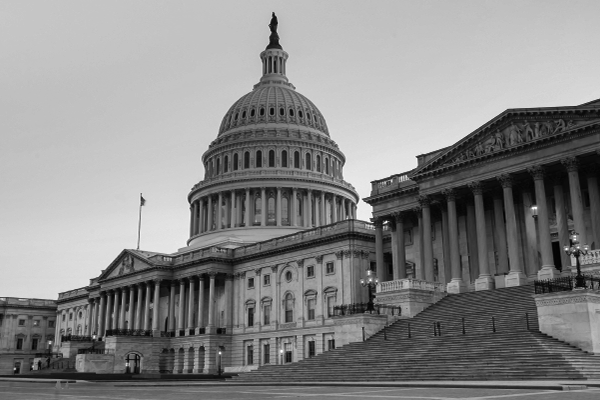E85 Can Break the Bank, but Not the Blend Wall
The Environmental Protection Agency (EPA) recently increased the amount of ethanol refiners must blend into gasoline under the Renewable Fuel Standard (RFS), despite repeated warnings that the U.S. cannot handle higher ethanol concentrations.
While the RFS requires blending increased amounts of ethanol into gasoline, most cars are certified to run on gasoline that contains no more than 10 percent ethanol (E10). Breaching this “blend wall” would force refiners to decrease production and increase exports, resulting in higher gas prices for Americans.
The Renewable Fuels Association is touting a new report that claims to offer a solution to the approaching blend wall. The study, conducted by economists at Iowa State University, claims that increasing production of E85 (ethanol that contains up to 85 percent ethanol) would allow refiners to meet rising federal mandates without increasing the ethanol content of conventional gasoline.
Unfortunately for ethanol advocates, the study is based on several dubious assumptions about consumer demand for ethanol and E85. When these assumptions are more closely aligned with reality, the argument for E85 as a solution to the blend wall falls apart.
The most serious flaw with the study is that it relies on government regulation to keep the price of gasoline artificially high. As the authors admit:
“However, this expanded ability to use ethanol will not occur under existing policies unless EPA increases mandates significantly above the E10 blend wall because high RIN prices is the only current policy tool that provides the necessary incentives to increase the distribution capacity and demand for E85.”
To comply with the RFS, refiners can either blend the required ethanol volumes or purchase Renewable Identification Numbers (RINs). The problem, as we have explained before, is that RIN prices spiked from $0.07 cents at the beginning of the year to over $1 in March and $1.32 in July. This increases compliance costs on refiners, which puts upward pressure on prices at the pump. By the authors’ own admission, high RIN prices—and by extension high gas prices—are necessary to make E85 economical.
Another flaw with the study is that it depends on an unrealistic drop in the price of E85. The authors claim that E85 selling at $2.00 per gallon would “attract quite a lot of attention.” They fail to point out that E85 isn’t selling anywhere close to that price point. According to AAA’s Daily Fuel Gauge Report, E85 currently costs about $2.86 per gallon.
This figure does not even account for the fact that E85 contains about 33 percent less energy than conventional gasoline. The BTU-adjusted price of E85 is currently $3.76 per gallon, which is significantly higher than regular unleaded gasoline. Stating the obvious, the authors explain that “low levels of E85 consumption should be expected when E85 is not priced to save consumers money.”
Price is not the only factor drivers consider when purchasing fuel; convenience also plays an important role. The authors point out that only 2.7 percent of retail gas stations sell E85, most of which are concentrated in the upper Midwest. Millions of drivers who own flex fuel vehicles (the only cars that can run on E85) do not even live within ten miles of one of these stations. As the authors admit, this geography limits the already small pool of drivers who would be inclined to purchase E85 if it were more competitively priced.
Far from providing a “workable and economic pathway” for refiners to comply with the RFS, the ethanol lobby’s solution to the blend wall is a recipe for higher energy prices. Increasing E85 production at the expense of conventional gasoline would only further reduce gasoline demand, which is part of the reason the blend wall is even an issue. The solution is for Congress to repeal the RFS.
IER Policy Associate Alex Fitzsimmons authored this post.


